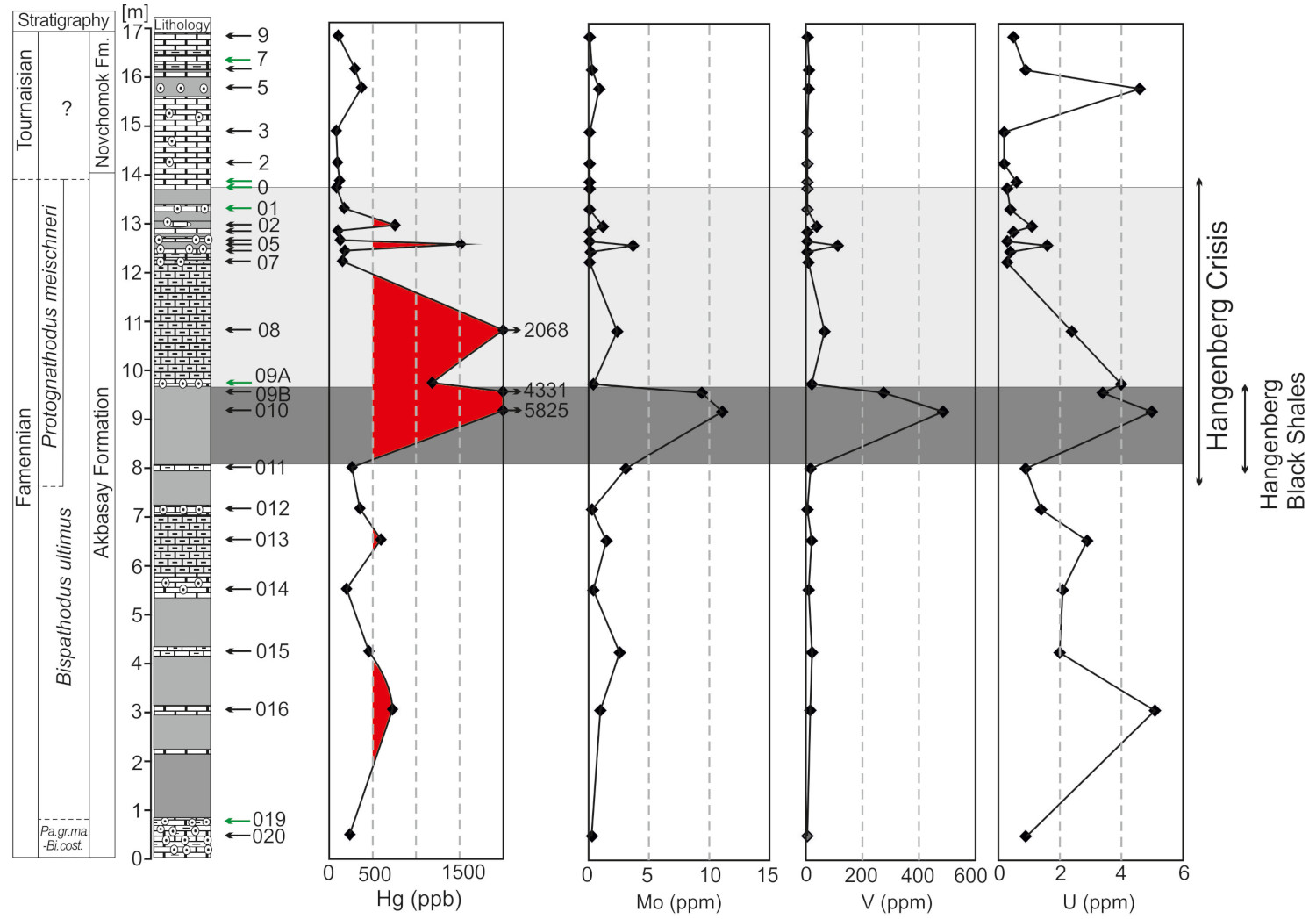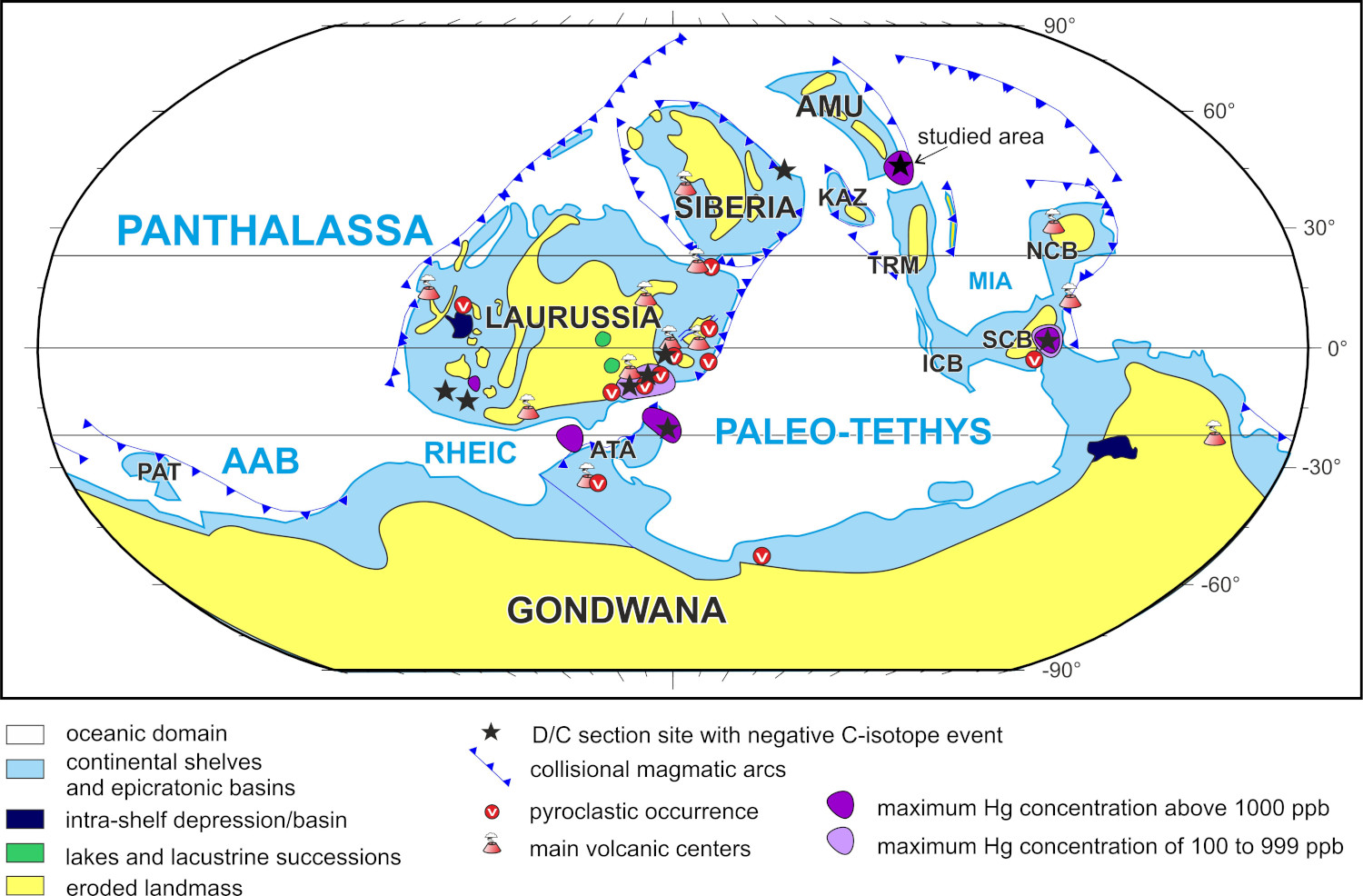Michał Rakociński i Agnieszka Pisarzowska from Institute of Earth Sciences of the University of Silesia, together with an international team documented very high mercury anomalies in the southern Tien Shan (Uzbekistan) on the Devonian-Carboniferous boundary. Several mercury anomalies were documented in the studied profile, some of which precede the Hangenberg event (about 359 million years ago). Many marine and terrestrial organisms were affected by this crisis. Placoderm fishes were totally lost, while many other groups of organisms such as cephalopods, conodonts and trilobites suffered. The maximum Hg spikes (5825 ppb) encompass in the crisis interval thus helping to resolve the controversy over the causes of this global event. This is the first record of Hg and Hg/total organic carbon anomalies in marly shales, marls and carbonates that are totally independent of facies changes, implying that volcanism was the most probable cause of the Hangenberg Crisis. This conclusion is confirmed by the presence of a negative δ13C excursion, which may reflect massive release of isotopically light carbon from volcanogenic and thermogenic devolatilization likely combined with increased arc-volcanism activity worldwide at the end of the Devonian. Importantly, in addition to the known potential activity of large igneous provinces as possible sources of mercury anomalies, authors highlighted the underappreciated influence of arc volcanism activity, common at the end of the Devonian.
This paper published in the Scientific Reports journal is the result of the NCN MAESTRO grant implemented at the University of Silesia in Katowice (2013/08 / A / ST10 / 00717), entitled Devonian deep-water marine realm as a key to elucidate global ecosystem perturbations led by Professor Grzegorz Racki (Institute of Earth Sciences, University of Silesia).
Rakociński, M., Pisarzowska, A., Corradini, C., Narkiewicz, K., Dubicka, Z., Abdiyev, N., 2021. Mercury spikes as evidence of extended arc-volcanism around Devonian–Carboniferous boundary in the South Tian Shan (southern Uzbekistan). Scientific Reports, 11, 5708 (2021). https://doi.org/10.1038/s41598-021-85043-6







